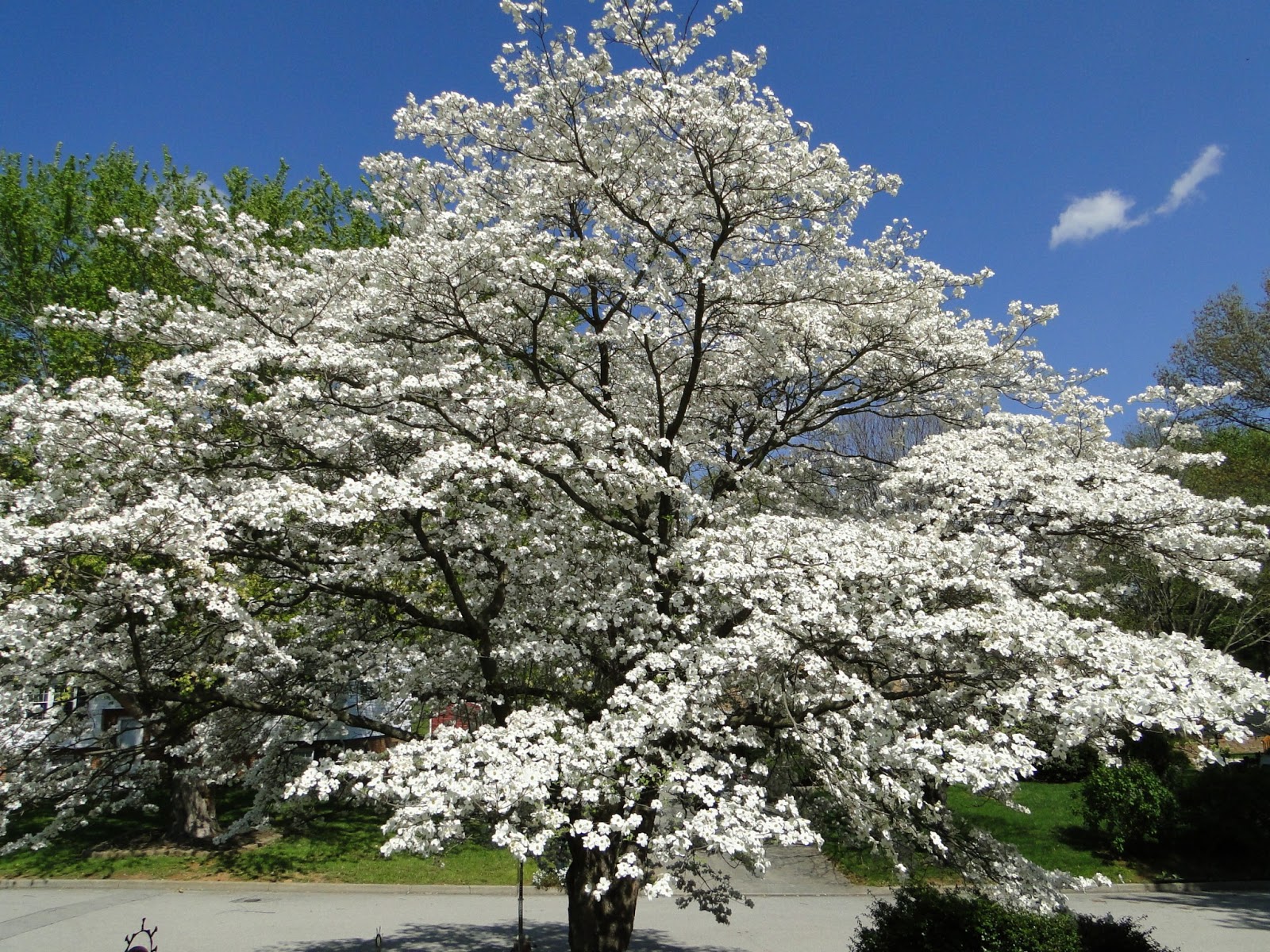Dogwood trees are not only beautiful but also offer a host of benefits to gardeners and nature lovers alike. This article will delve into the fascinating world of dogwood trees, discussing their various species, characteristics, care requirements, and much more. Whether you're considering planting a dogwood in your yard or simply want to learn more about these lovely trees, this guide is for you.
From the iconic flowering dogwood that adorns many landscapes to the sturdy Cornelian cherry, dogwood trees have captured the hearts of many. They are known for their stunning blooms and vibrant fall colors, making them a popular choice for landscaping. In this article, we will explore the different types of dogwood trees, their growth conditions, and how to care for them effectively.
In addition to their aesthetic appeal, dogwood trees play a significant role in local ecosystems. They provide food and habitat for various wildlife, making them an essential part of many environments. Understanding the importance of these trees can enhance your appreciation for them and inspire you to incorporate them into your gardening plans.
Table of Contents
- 1. Overview of Dogwood Species
- 2. Key Characteristics of Dogwood Trees
- 3. Ideal Growing Conditions for Dogwood Trees
- 4. Essential Care Tips for Dogwood Trees
- 5. Common Pests and Diseases
- 6. Landscaping with Dogwood Trees
- 7. Ecological Importance of Dogwood Trees
- 8. Conclusion and Call to Action
1. Overview of Dogwood Species
Dogwood trees belong to the genus Cornus, which includes several distinct species. Here are some of the most popular types:
- Flowering Dogwood (Cornus florida): Known for its stunning spring blossoms, this species is a favorite in many gardens.
- Pacific Dogwood (Cornus nuttallii): A native to the western United States, it features large white flowers and is often found in mountainous regions.
- Cornelian Cherry Dogwood (Cornus mas): This species produces edible fruits and has a unique flowering pattern in late winter.
- Red-Osier Dogwood (Cornus sericea): Recognized for its striking red stems, this species is often used in landscaping for winter interest.
2. Key Characteristics of Dogwood Trees
Dogwood trees are admired for their unique features. Here are some key characteristics:
- Flowers: Depending on the species, dogwoods can produce white, pink, or red flowers that bloom in spring.
- Leaves: The leaves are typically oval and can turn vibrant colors in fall.
- Fruit: Some species produce small, berry-like fruits that are attractive to birds.
- Bark: The bark can vary in texture and color, contributing to the tree's overall appeal.
3. Ideal Growing Conditions for Dogwood Trees
To thrive, dogwood trees require specific growing conditions:
3.1 Soil Requirements
Dogwoods prefer well-drained, acidic to neutral soil. Here's what to consider:
- Soil pH: Aim for a pH of 5.5 to 7.0.
- Drainage: Ensure good drainage to prevent root rot.
3.2 Light Conditions
Dogwood trees thrive in partial shade to full sun. The ideal light conditions are:
- Morning sun with afternoon shade is optimal for flowering dogwoods.
- Some species can tolerate full sun but may require more water.
4. Essential Care Tips for Dogwood Trees
Caring for dogwood trees involves several important practices:
4.1 Watering
Proper watering is crucial for healthy dogwoods:
- Water deeply during dry spells, especially in the first few years after planting.
- Avoid overwatering, as dogwoods are susceptible to root rot.
4.2 Pruning
Regular pruning helps maintain the shape and health of dogwood trees:
- Prune in late winter or early spring to remove dead or diseased branches.
- Aim for an open canopy to improve air circulation.
5. Common Pests and Diseases
Dogwood trees can be affected by several pests and diseases:
- Dogwood Anthracnose: A fungal disease that can cause leaf spots and branch dieback.
- Pests: Aphids, scale insects, and spider mites can infest dogwoods, leading to stress and damage.
Regular monitoring and prompt treatment can help manage these issues effectively.
6. Landscaping with Dogwood Trees
Dogwoods can add beauty and structure to your landscape:
- Use flowering dogwoods as focal points in gardens.
- Incorporate them into mixed borders for seasonal interest.
- Consider group plantings for a stunning display.
7. Ecological Importance of Dogwood Trees
Dogwood trees play a vital role in the ecosystem:
- They provide food and habitat for various birds and insects.
- Their flowers attract pollinators, supporting local biodiversity.
- Dogwoods can help prevent soil erosion with their root systems.
8. Conclusion and Call to Action
In conclusion, dogwood trees are a beautiful and ecologically important addition to any landscape. With proper care and attention, these trees can thrive and provide enjoyment for years to come. If you have any questions or experiences to share about dogwood trees, feel free to leave a comment below. Don't forget to share this article with fellow gardening enthusiasts!
For more gardening tips and insights, be sure to explore other articles on our site. Happy gardening!
- Tiffany Link Earrings
- 1470855 Zack Lugos Biography Age Height Net Worth Girlfriend Brother
- Kristy Mcnichol
- 1230857 Tyler Perry Net Worth Age Height House Wife Son
- Thay Ksada
- Josh Allen Old Tweets
- Oleksandr Zinchenko
- 1534693 Piece Female Characters Deserve Attention
- La Freeway Protest


